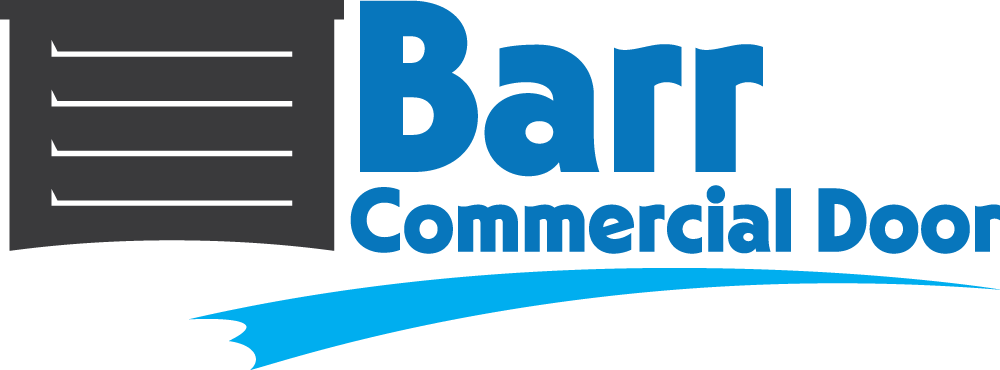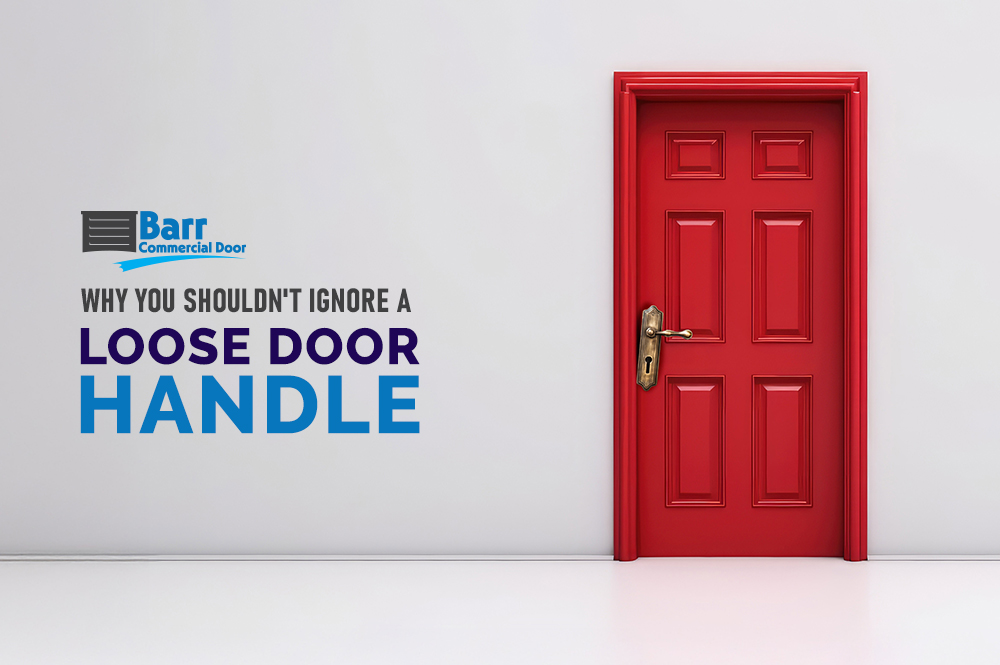Overview: Enhance your safety strategy with fire-rated doors! Discover how these essential components protect lives, ensure compliance, and seamlessly integrate into modern safety systems. Read on!
When it comes to building a comprehensive safety strategy, every component plays a critical role — but few are as unassuming yet vital as fire-rated doors. Often overlooked, these doors act as the first line of defense against fire, containing its spread and protecting lives and property.
Far from being just a regulatory requirement, fire-rated doors are the unsung heroes of modern safety systems, working silently to ensure your integrated safety measures perform at their best when it matters most.
The Role of Fire-Rated Doors in Safety
Fire-rated doors are specifically engineered to contain fire and smoke within a specific area for a designated period, typically ranging from 20 minutes to 3 hours. These doors are part of a passive fire protection system — designed to complement active fire suppression tools such as sprinklers, alarms, and detectors.
By compartmentalizing a building into fire-resistant sections, fire-rated doors help in:
Slowing Fire Spread: Preventing fire from rapidly moving through a building gives occupants more time to evacuate safely.
Minimizing Smoke Inhalation Risks: Smoke is often more dangerous than flames in a fire emergency. Fire-rated doors help reduce smoke flow, improving air quality and visibility during an evacuation.
Protecting Critical Infrastructure: High-value assets, essential documents, and sensitive equipment can be safeguarded by installing fire-rated doors in key areas.
>> Related Reading: The Importance of Fire-Rated Doors for Safety & Compliance
Key Features of Fire-Rated Doors
Fire-rated doors are not ordinary doors; they are built using materials like steel, gypsum, and fire-resistant glass, which can endure high temperatures for a specified period. Some key features include:
Heat-Resistant Materials: The door’s core and frame are designed to remain intact during exposure to fire.
Sealed Edges: Intumescent seals around the door expand when exposed to heat, creating a barrier against smoke and toxic gases.
Automatic Closing Mechanism: Fire-rated doors often come with self-closing hardware that ensures the door remains closed during a fire, a critical factor in their effectiveness.
Integration with Modern Safety Systems
In modern buildings, fire-rated doors are integrated with smart safety and security systems. These doors can be connected to fire alarm systems, ensuring they close automatically when an alarm is triggered.
Additionally, smart monitoring systems can provide real-time updates on door status, improving situational awareness for building managers and emergency responders.
Compliance and Building Code Requirements
Most jurisdictions mandate the use of fire-rated doors in commercial, industrial, and multifamily residential buildings as part of their fire safety codes. Ensuring compliance with these regulations is not only a legal requirement but also a moral imperative for property owners and managers.
Regular inspections and maintenance are essential to guarantee that fire-rated doors function correctly in an emergency. Over time, wear and tear can affect door performance, so periodic checks help identify issues such as:
-
Warped frames or doors
-
Faulty seals
-
Malfunctioning hardware or closing mechanisms
Final Thoughts
In a world where safety standards are constantly evolving, fire-rated doors remain a cornerstone of integrated fire protection systems. Whether you manage a commercial property, an industrial complex, or a residential building, incorporating fire-rated doors into your safety framework is a crucial step in safeguarding both people and assets.
By slowing down the spread of fire and smoke, fire-rated doors give first responders the time they need to contain the situation and help ensure everyone gets out safely. Don’t wait for a fire emergency to reveal your building’s vulnerabilities — invest in fire-rated doors today and strengthen your integrated safety system for a safer tomorrow.


